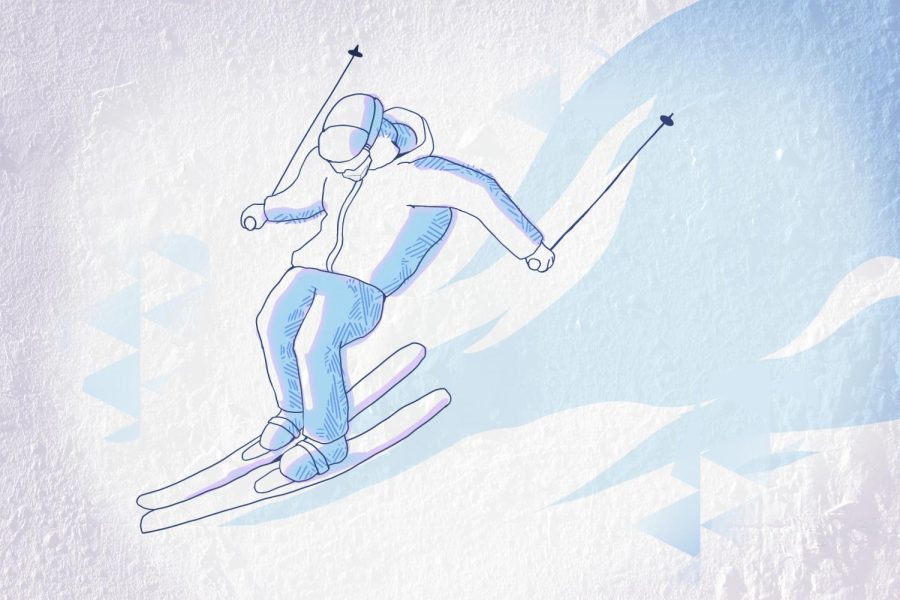End conversion therapy for minors in Maryland
Graphic Meimei Greenstein.
March 5, 2018
In 2012, California became the first state to ban conversion therapy for minors. The law was upheld after the Supreme Court refused to hear the case—letting the decision from the Ninth U.S. Circuit Court of Appeals stand—after the law was challenged twice: first by ministers David Pickup on the bases of violating free speech and then by Donald Welch on the basis of violating freedom of religion. These cases were a major win for the LGBTQ+ community in California and gave hope to others across the country.
Now, in 2018, conversion therapy is still legal in 41 states, according to the Movement Advancement Project.
Conversion therapy is the practice of trying to change someone’s sexual orientation or gender identity based on the premise that being LGBTQ+ is a mental disorder. Maryland delegates introduced new legislation on Feb. 5 that would prohibit conversion therapy for minors, according to a report by the General Assembly of Maryland. Maryland should pass this proposed legislation to combat the harmful and stigmatizing effects—and, frankly, the absurdity—of conversion therapy.
Some techniques used in conversion therapy include inducing nausea, vomiting, paralysis and electric shocks or snapping an elastic band around the wrist to create an aversion to same-sex attractions, the American Psychological Association reports. These methods are physically harmful to patients undergoing therapy and can lead to sexual dysfunction and have lasting effects on a patient’s sexual and emotional intimacy.
Other techniques aren’t aimed toward physical aversion and target patients’ psychological behaviors. These methods—like trying to make patients’ behavior more stereotypically feminine or masculine, teaching heterosexual dating skills, forcing talk therapy and using hypnosis to redirect desires—may not have the direct physical effects, but they produce major psychological damage.
Conversion therapy often leads to suicide, depression, relationship dysfunction and self-hatred. Compared to other LGBTQ+ youth, those who went through conversion therapy were more than eight times as likely to attempt suicide and nearly six times as likely to report high levels of depression, according to the Human Rights Campaign.
It can take years for victims to move past their experience in conversion therapy, as it has for Samuel Brinton, who went through the therapy 18 years ago, the New York Times reported. Beginning with talk therapy, therapists falsely told Brinton that the government was going to kill them and that they had AIDS because they were gay. After, their therapist moved onto physical treatments, including ice, heat and electricity, in response to an image of two men touching. Brinton became extremely depressed and was driven to multiple suicide attempts.
There is no reliable evidence that conversion therapy can change a person’s sexual orientation or gender identity. Research indicates it’s unlikely that individuals will be able to reduce same-sex attractions or increase other-sex attractions through therapy, according to the American Psychological Association.
Some supporters of conversion therapy argue that banning this therapy is a violation of freedom of speech and religion. Under the new bill, minors who want to undergo conversion therapy and want to change their sexual orientation won’t be able to receive treatment. However, many minors are pressured or forced into conversion therapy by unaccepting parents and peers, according to the New Republic. The protection for those who don’t enroll willingly needs to be a priority. If someone is set on going to therapy on their own, they can still make their own decision to go when they are 18.
Advocates and legislators have recently brought more attention to the damages of conversion therapy, leading to proposed legislation in more states to ban it. Maryland should join the nine other trailblazing states in protecting LGBTQ+ youth from this torment.











